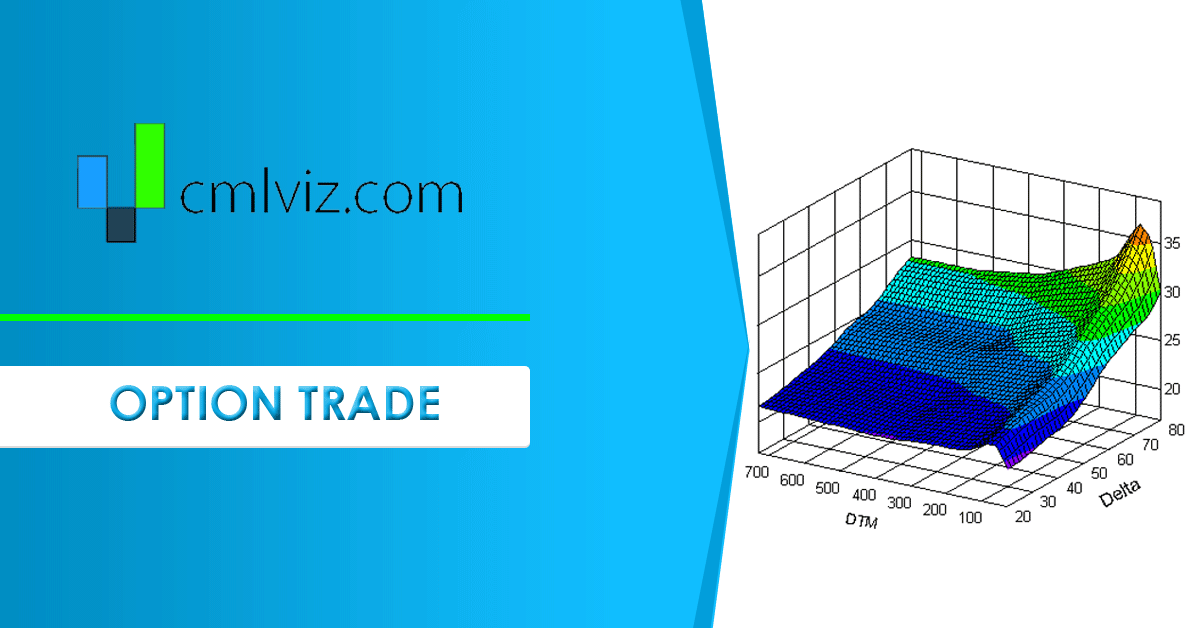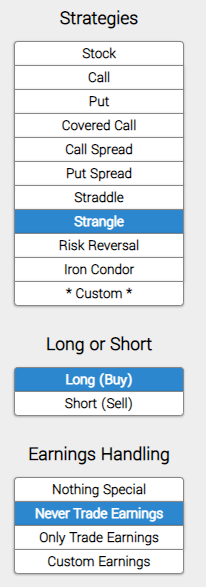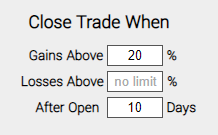This Trigger is Turning Apple's Volatility into A Huge Winner

Apple (NASDAQ:AAPL) : This Trigger is Turning Volatility into A Huge Winner
Date Published: 2018-12-30
Updated 2018-01-04
Disclaimer
The results here are provided for general informational purposes, as a convenience to the readers. The materials are not a substitute for obtaining professional advice from a qualified person, firm or corporation.Preface
The bear market, or even short-lived market corrections have created opportunity. There is a trigger in Apple (NASDAQ:AAPL) that has preceded a large stock move and that move has created a large winning option trading strategy in the past.Simply owning puts and calls together, like a straddle or a strangle, can be a huge winner, as it was at the end of 2018. But, equally, it has been a huge losing strategy outside of that time frame. The need has arisen for an empirical and structured trigger that indicates when a large stock move is coming so owning a strangle has a higher probability of succeeding.
There is such a technical condition, and we will review it, right now. Here is a quick video demonstration as well:
The Short-term Option Volatility Trade in Apple Inc
It's time to take advantage of volatility. Fear, uncertainty, doubt, unclear news headlines -- these are all trade-able events. Today we look at exactly what has worked in AAPL, and the special technical trigger that starts it off.We will examine the outcome of going long a short-term out-of-the-money (40 delta) strangle (buying an out of the money call and buying an out of the money put), in options that are the closest to 14-days from expiration. But we follow three rules:
* Never Trade Earnings
Let's not worry about stock direction or earnings, let's try to find a back-test that benefits from volatility. Here it is, first, we enter the long strangle.

* Use a technical trigger to start the trade, specifically:
Wait until the day that the stock price crosses below the 200-day moving average and the stock price is below the 10-day moving average. Here is a nice simple image of the technical requirement:

* Finally, we set a very specific type of limit:
* Use a 20% limit
* Close the trade after 10 days, if the limit has not been hit.

At the end of each day, the back-tester checks to see if the long strangle is up 20%. If it is, it closes the position. If after 10-days the limit has not been hit, the strangle is closed so not to suffer total time decay.
RESULTS
Here are the results over the last 10-years in Apple Inc:| AAPL: Long 40 Delta Strangle | |||
| % Wins: | 80% | ||
| Wins: 8 | Losses: 2 | ||
| % Return: | 470% | ||
Tap Here to See the back-test
The mechanics of the TradeMachine® Stock Option Backtester are that it uses end of day prices for every back-test entry and exit (every trigger).
We can also see that this strategy hasn't been a winner all the time, rather it has won 8 times and lost 2times, for a 80% win-rate and again, that 470% return in less than six-full months of trading.
Setting Expectations
While this strategy had an overall return of 470%, the trade details keep us in bounds with expectations:➡ The average percent return per trade was 30.8%.
Checking the Moving Average
You can check to see the moment a stock dips below the 200-day MA for AAPL on the Pivot Points tab on www.CMLviz.com.Back-testing More Time Periods in Apple Inc
Now we can look at just the last year as well:| AAPL: Long 40 Delta Strangle | |||
| % Wins: | 100.00% | ||
| Wins: 2 | Losses: 1 | ||
| % Return: | 43.6% | ||
Tap Here to See the back-test
We're now looking at 43.6% returns, on 2 winning trades and 1 losing trade.
➡ The average percent return over the last year per trade was 28.35%.
WHAT HAPPENED
This is how people profit from the option market, its empirical testing, not luck. Trade Machine gives you the triggers to trade beyond luck.Tap here to see it for yourself
Risk Disclosure
You should read the Characteristics and Risks of Standardized Options.
Past performance is not an indication of future results.
Trading futures and options involves the risk of loss. Please consider carefully whether futures or options are appropriate to your financial situation. Only risk capital should be used when trading futures or options. Investors could lose more than their initial investment.
Past results are not necessarily indicative of future results. The risk of loss in trading can be substantial, carefully consider the inherent risks of such an investment in light of your financial condition.
Please note that the executions and other statistics in this article are hypothetical, and do not reflect the impact, if any, of certain market factors such as liquidity and slippage.


